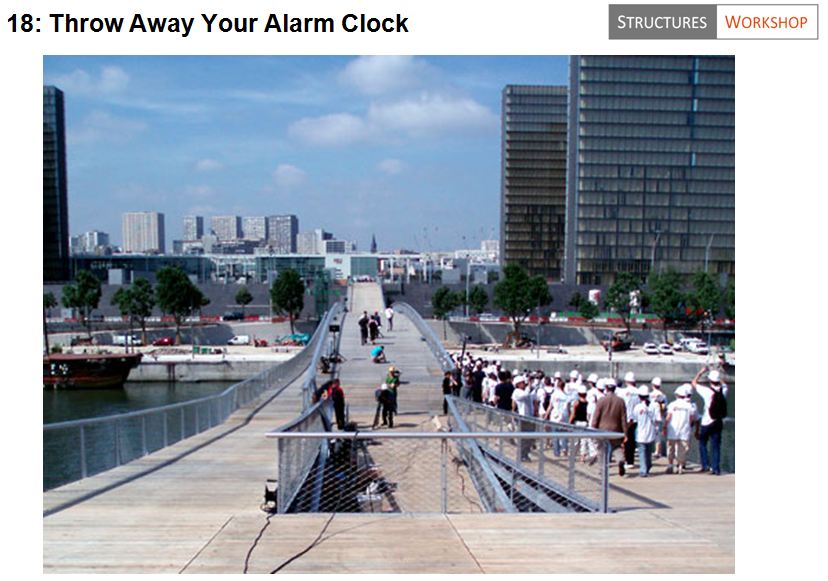I admit, this is sort of a luxury I have. I haven't needed an alarm clock for 15 years. The most important part of my day as an engineer is lying in bed awake for about 20 minutes or so after slowly and naturally waking up from sleep. The reason it is so important is that I am honestly the most creative and inventive at this time. Not only do I lay out my work day, I literally solve engineering problems in my head. I can view the entire project, rotate it in my mind, find problems with the design, prioritize where I need to focus on the project, and improve the design.

The picture above is a project we designed two years ago and is the largest commercial building in the US made out of shipping containers (35 total). This was partially conceived in the morning waking up from sleep (the 1/3 cantilever and 2/3 backspan). I can think better then because part of my subconscious is still present consciously. It hasn't scurried to the back of my brain yet. Also, it is super quite at 5am or 6am (my 3 boys are still sleeping). I think the combination of the fact that I was dreaming about many structural engineering issues and then waking up naturally in a peaceful and quiet state creates this clarity of thought. Throwing away my alarm clock helped me be a better engineer. It might be the secret to creativity or inventiveness. If you need an alarm clock, try to go to bed earlier. Waking up abruptly to a loud noise must be awful, I can't believe I did that through college. I know this is a luxury that mostly older people have, but it could be incredible useful for everyone.
I am grateful for projects that last more than one day because I will be able to sort them out in the morning. Try not to finish deadlines at 6pm, finish them at 6am the next day (or 8am).
In Gorden Glegg's The Design of Design we find the following:
History tells us that in fifteen creative artists in various fields from music to mathematics, their key inspiration came suddenly and unexpectedly and never when they were working at it. This is what they were doing at the time:
- Half asleep in bed - 4
- Out walking or riding - 3
- Traveling - 3
- In church - 2
- At a state dinner - 1
- Sitting in front of fire - 2
Concentration and then relaxation is the common pattern behind most creative thinking." [Glegg 1969: 18-19]
So, make sure you have time for reflection (not "working") and it will be the best work you did that day.
The Simone de Beauvoir footbridge by PR firm in Paris is shown above. My guess is this was conceived around 6am.


